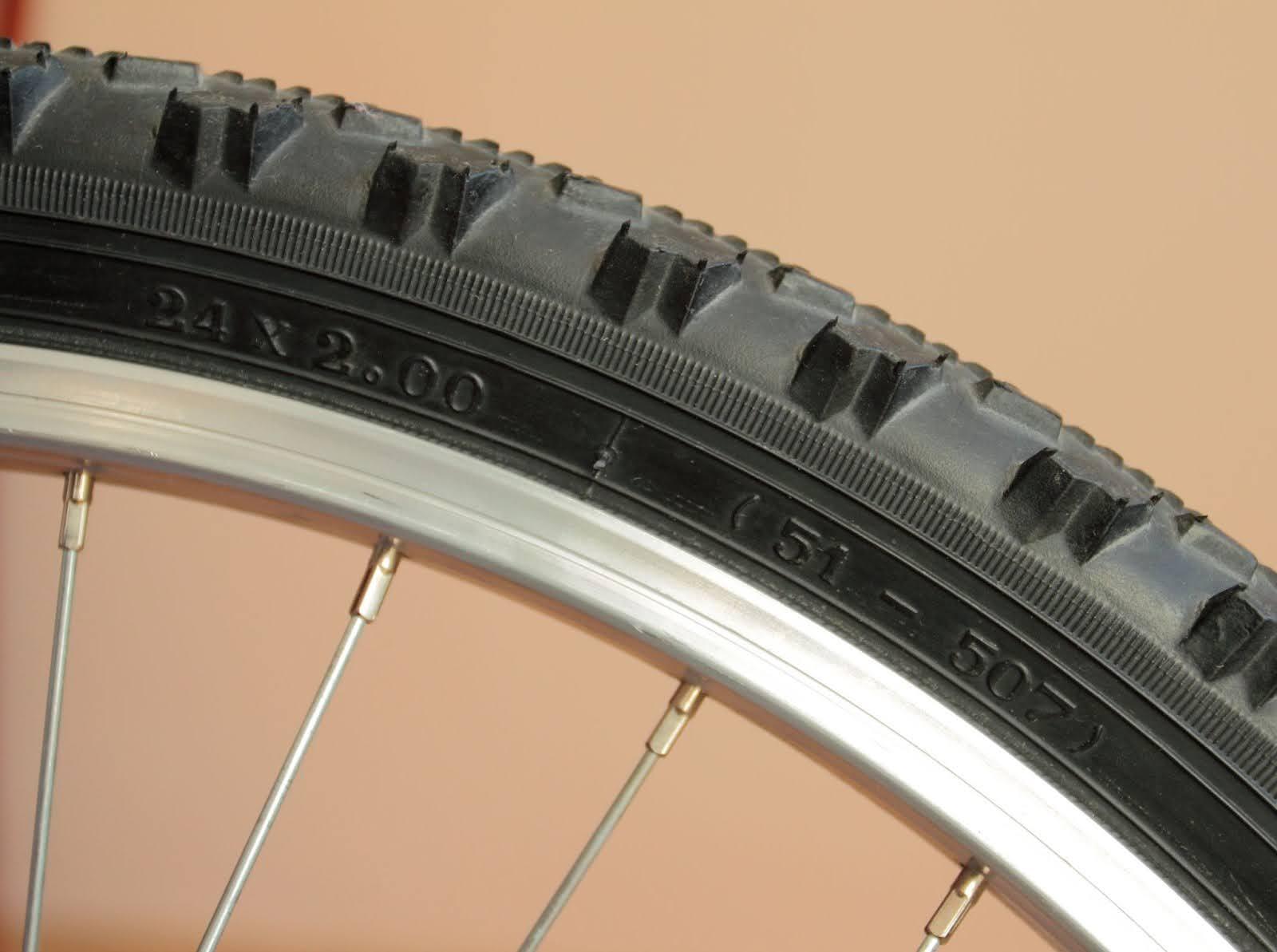Few things influence your bike’s performance, comfort and safety more than your tyres. The correct tyre size affects everything from handling and rolling resistance to grip and fit.
Yet for many riders – especially beginners – the world of bike tyre sizes can feel confusing. Between numbers like “700x25c” and “29x2.25,” plus charts and measuring systems in inches, millimetres and mysterious letters, it’s easy to get lost.
Selecting the right tyre isn’t just about getting something that looks roughly the same diameter as your old one. Tyres that don’t fit properly can rub against the frame, throw off your handling, or even come off the rim under pressure. But once you understand how bicycle tyre sizes work, it becomes second nature to read those numbers, use a bike wheel size chart, and choose confidently – whether you’re a road cyclist, gravel adventurer or mountain biker.
This article breaks everything down simply, explaining how bike tyre sizes work, how to measure your own tyres, and how to use tyre size charts to find the perfect fit for your bike.
How bike tyre sizes work
When you look at the sidewall of your tyre, you’ll see a combination of numbers and letters that describe its size. These tell you two essential dimensions: diameter and width. For example, a typical road tyre might read 700x25c. In this example, “700” refers to the outer diameter of the tyre in millimetres, and “25” is the width in millimetres. The “c” is a holdover from an old French sizing system.
Understanding tyre sizing properly means knowing that different standards exist – and they don’t always line up neatly. Here are the main systems you’ll encounter:
The metric (French) system – 700c and beyond
This is most common on road bikes. The number 700 refers to the nominal outside diameter (700mm), while the letter – such as “c” – refers to the tyre’s width classification. Over time, 700c has become the dominant tyre size for road bikes. Despite the “700,” the true diameter is actually closer to 622mm when you measure the rim bead seat (the part where the tyre hooks into the rim).
You’ll also see smaller French sizes like 650b (584mm) or 650c (571mm), often used on smaller-framed road bikes, touring bikes or modern gravel bikes seeking more clearance for wider tyres.
The inch-based system – mountain bike tyres
Mountain bike tyres typically use inches for both diameter and width. A tyre marked 29x2.25 has a 29-inch diameter and a 2.25-inch width. This system is common in mountain biking because it originated from older standards that favoured inch measurements.
However, the 29-inch and 700c wheels are actually the same rim diameter (622mm). The difference lies in the much wider tyres used for mountain biking, giving the wheel a larger overall outer diameter once inflated.
You’ll also find 27.5-inch (650b) and 26-inch tyres, the latter being the long-standing MTB standard before modern wheel sizes took over.

The ISO/ETRTO standard – the universal code
To make things easier (in theory), there’s also the ISO (International Organization for Standardization) system, sometimes called ETRTO. This lists the width and rim diameter in millimetres, e.g., 25-622. This format can be quite useful because it tells you the actual bead-seat diameter (622mm) so you can check compatibility between different brands and styles. So, a 700x25c tyre is the same as a 25-622.
Width vs. diameter: What matters most
The tyre’s diameter determines if it fits your wheel at all – this must always match the rim. Width affects comfort, grip and speed. Wider tyres (28mm and above) are popular for endurance road and gravel riding because they offer more shock absorption and traction. Narrower tyres (23-25mm) roll faster on smooth terrain.
For off-road use, widths range from 35mm for gravel to 2.6 inches or more for mountain bikes. Just remember your bike frame and fork must have clearance for the tyre width you choose.
How to measure bike tyre size
If your old tyres are too worn to read, or you’re building a bike from scratch, it’s easy to learn how to measure bike-tyre size yourself.
Start by checking your wheel rims. Often the tyre size is printed on the sidewall. If it’s missing or faded, you can measure the diameter and width with a tape measure.
- Measure the diameter: Place the wheel upright and measure from one edge of the tyre across the centre to the other. Double check you’re measuring the outer diameter (tyre included). If you’re only measuring the rim, that’s your bead seat diameter, which you can convert to ISO.
- Measure the width: Measure the distance across the tyre’s tread from one side to the other. To ensure accuracy, do this with the tyre properly inflated.
- Use ISO or conversion charts: Once you’ve got your measurements, compare them with a bike-tyre size chart to find the closest standard size. Because of variations between manufacturers, a 28mm tyre might measure closer to 30mm in reality, so treat these as approximate values.
For example, if your wheel diameter is about 700mm and your width around 25mm, you’re looking at a 700x25c tyre, which is equivalent to 25-622 in ISO terms. If your measurement comes out to roughly 29 inches and 2.25 inches wide, that’s a 29x2.25 mountain bike tyre, also equivalent to 57-622.
The easiest way to avoid confusion is to match the numbers on your current tyre – especially the ISO code – when buying new ones.















